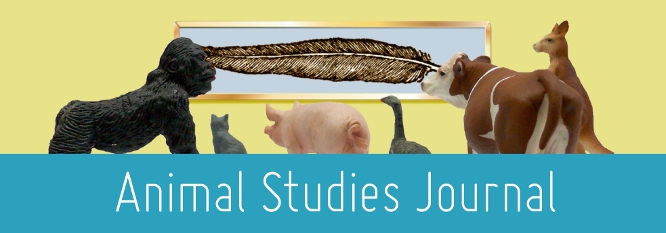Home > assh > ASJ > Vol. 6 (2017) > No. 1

Abstract
On October 23, 1903, William Temple Hornaday, the director of the New York Zoological Park, wrote to a Mr C. L. Williams, then responsible for ‘Hagenbeck’s Animal Show,’ which was touring the United States. At the time, the show was to be seen at the Grand Opera House in Philadelphia, Pennsylvania, but it was missing one of its star performers, the famous lion-tiger hybrid ‘Prince’ who had been part of the show for over a decade, making his debut in the United States as part of Hagenbeck’s exhibit at the World’s Columbian Exposition in Chicago in 1893. Prince was in New York instead of with the show because he was ill and it was hoped that the relative quiet and expert care available at the zoological park would help him recover. Alas, according to the letter, Prince ‘would require fully another month of convalescence’ before he would possibly be ready to ‘resume his work.’ ‘He yet feels so much under the weather,’ Hornaday writes, ‘that he lies in his den all day and never comes out willingly.’ In the end, Prince died in New York and Hornaday, following instructions from Williams, sent the carcass to a local taxidermist with instructions that the skin should be tanned for the purpose of making a rug, the claws should be removed, and, along with the skin, skull, and bones, sent to Williams, who could then be found at the Empire Theater in Frankford, PA.
Recommended Citation
Rothfels, Nigel, [Review] Peta Tait. Fighting Nature: Travelling Menageries, Animal Acts and War Shows. Sydney University Press, 2016., Animal Studies Journal, 6(1), 2017, 182-184.Available at:https://ro.uow.edu.au/asj/vol6/iss1/11
Included in
Art and Design Commons, Australian Studies Commons, Creative Writing Commons, Digital Humanities Commons, Education Commons, Feminist, Gender, and Sexuality Studies Commons, Film and Media Studies Commons, Fine Arts Commons, Philosophy Commons, Social and Behavioral Sciences Commons, Theatre and Performance Studies Commons

